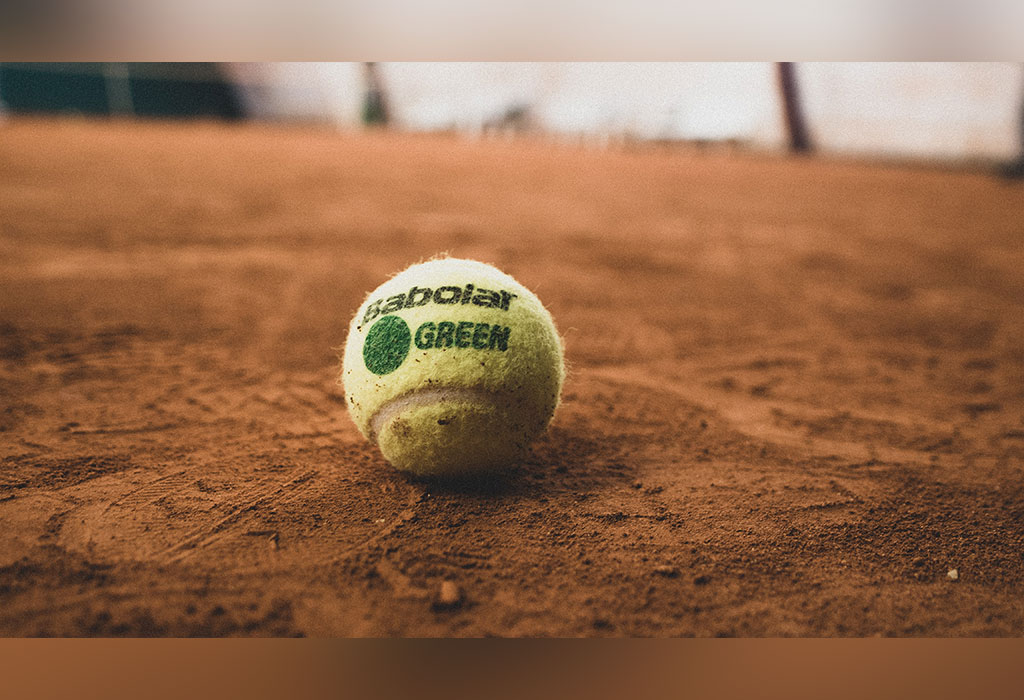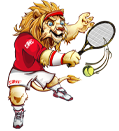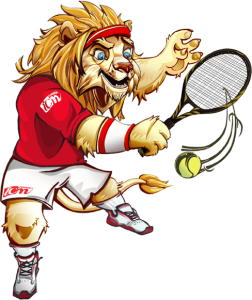
In tennis, a pusher is a defensive player who “pushes” back any shot they can chase down, without deliberately hitting a winner. They can angle shots, aim deep, as well as produce effective lobs. Pushers are extremely quick and consistent, rarely making errors. This style of play, similar to a “human backboard”, often tires and frustrates more offensive opponents. They will try to win games by eliciting unforced errors from the opponent, i.e. by waiting for them to make the first mistake and losing the point. Pushers love to “dink” balls back with sidespin or backspin, placing their shots at disadvantageous locations for their opponents. The pusher’s strategy also tends to involve a fair amount of psychological warfare.
Counter-strategies
Playing pushers, especially in the lower levels of competition, can be difficult for players unaccustomed to their style. However, there are several counter-strategies players use to defeat pushers.
Playing the net
Bringing pushers to the net is a good way to move them out of their comfort zones. Players use drop shots or chip and charge tactics to accomplish this. Volleying from the net can also be effective against pushers. Hitting the ball at the net cuts down on the time that the ball takes to reach other side, making it harder for the pushers to run down the ball. Even if they do reach it, chances are that their return shot will be an easy put-away.[1] Varying the placements of volleys, so they do not become predictable, is also a good tactic.
Timed aggression
Players try to never let the pusher see them being frustrated. The thinking is that “It’s a lot more frustrating to make a mistake than to have an opponent hit a brilliant shot that no one could have gotten.” A pusher’s mental game is key to his or her success,[2] and a player who is obviously tired and angry will make their opponent more confident. Players try to stay calm and focused to outlast and beat pushers. Most pushers do not have good winners or passing shots, so their opponents wait for the perfect ball to attack on.Being aggressive on the second serve is also effective as it could be the only short ball the pusher will hit during the whole rally. Because many of the pusher’s balls float deep, have backspin, or very little pace, their opponents recognise the importance of moving to the ball quickly, as the pusher wants them to be lazy when approaching their shots. Getting to the ball early allows players to hit balls on the rise, generating more pace and making the ball harder to return.
Pushers’ weaknesses
Hitting a moonball to a pusher’s backhand side will often force them to hit a lob, allowing a relatively leisurely overhead to end the point. In some cases, players may be able to outlast the pusher by hitting several cross-court strokes and waiting for the pusher to hit a ball that can be volleyed away.[4] If a player does not put a lot of topspin on their shots, their opponent may well try to control the center court. This forces the pusher to go for more deeper and angled shots, which are harder to hit without topspin .
Photo by Yan Berthemy on Unsplash
source: wikipedia


